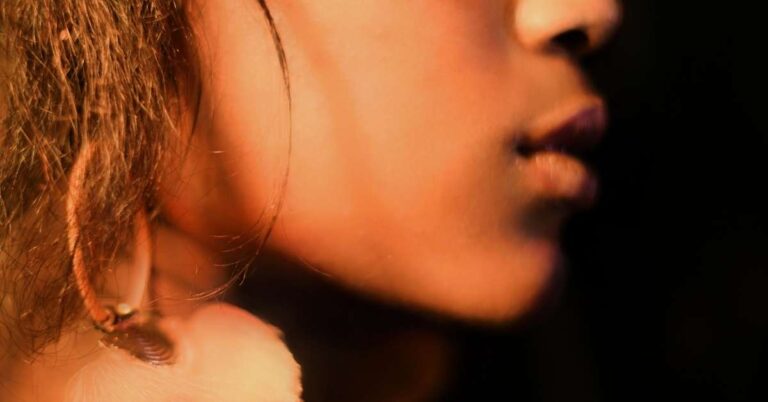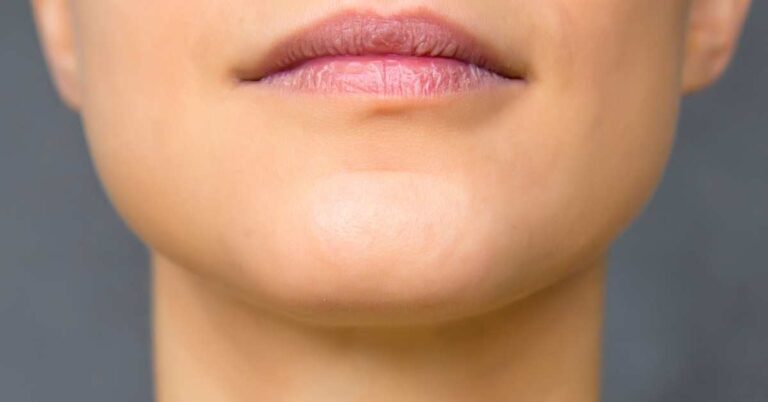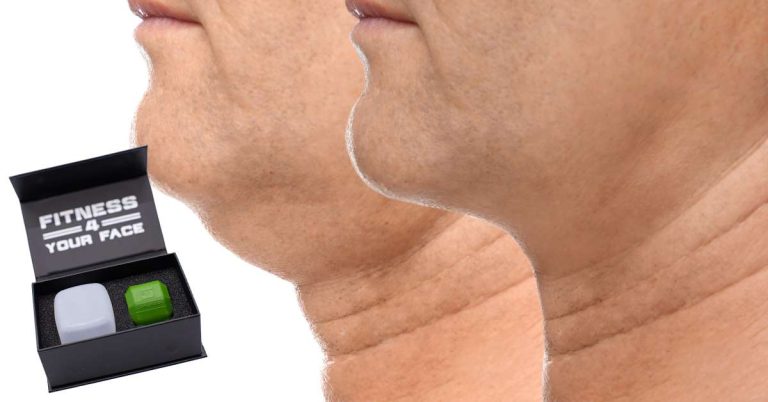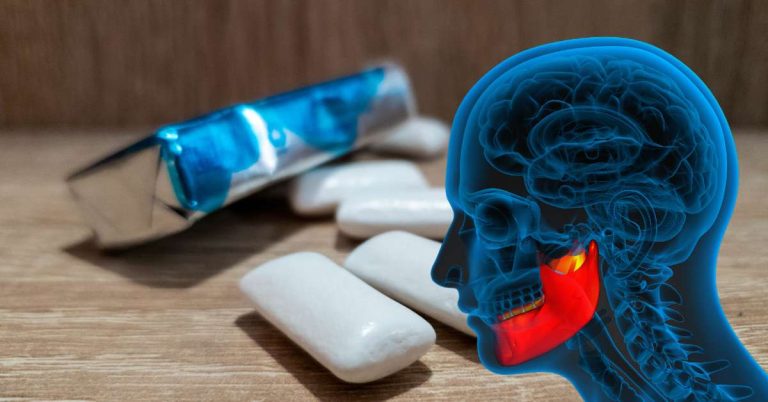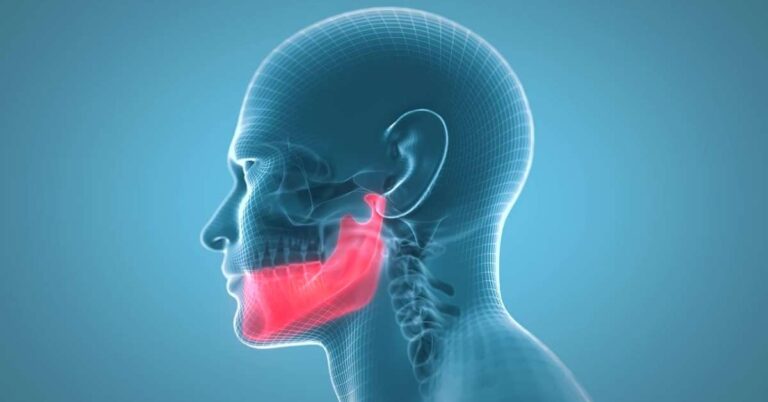How Mewing Works & What It Can Do For Your Face
Everyone wants to look their best, and that usually means a nice, chiseled jawline. I mean, does a weak chin compliment anyone? If you want to improve your jawline and the look of your face without surgery, then ‘mewing’ is the way to go.
Mewing is the practice of placing the tongue flat against the roof of your mouth, while keeping your lips closed and breathing through your nose. Followers of this practice report that mewing can help define jaw muscles, improve facial structure and even realign teeth.
There’s a lot of hype around mewing, a lot of misinformation, as well as a lot of misunderstanding about its promised benefits – keep reading to see if this a practice that you want to explore.
What Is Mewing
Don’t be put off by the weird word, ‘mewing’ is actually an offshoot of a form of dentistry called ‘orthotropics,’ created by Dr John Mew in the 1960s and continued by his son Mike Mew today.
Orthotropics is a field of dentistry that looks to treat malocclusions (ie, misaligned bites and crooked teeth) by focusing on facial development. Orthodontics looks to fix the symptoms of malocclusions by removing and moving teeth. Orthotropics, on the other other hand, look to fix the causes of malocclusions, which are the lifestyle and environmental factors that lead to small jaws.
Instead of using braces and teeth extractions, orthotropic dentists use removable devices to help expand the maxilla and cranial bones of the face and jaw (source). This improves facial structure, leading to a more attractive appearance, while also opening up the airways, leading to improved health (source).
This video explains the difference between orthodontics and orthotropics, using an example of twins to make a very compelling case for the latter:
Mewing is basically the DIY version of orthotropics that you can do at home, using tongue posture and nasal breathing. And no, the Mews didn’t coin the word! The word was coined by the first followers to start incorporating orthotropic principals into their daily routines.
Before we get into how to mew, it’s important to understand that facial structure is not fixed. How you use your face and jaw affects what you look like. Children are especially malleable of course, and that’s why orthotropics so far has mainly been applied to children. But it’s important to note that the bones of the skull don’t fuse together, and even adults can grow new bones in their face (source).
This adaptability is what gives hope to adults who would like to change their jawline.
What Mewing Entails
As we’ve covered, mewing is basically an at-home version of orthotropics that anyone can do in their free time to improve their facial structure, jawline and airway capacity.
The two most important principals of mewing involve tongue posture and how you breathe:
1. You should keep your tongue firmly pressed against the roof of your mouth, focusing on the back of the tongue. The goal is to do this throughout the day, and to get to a point where this is the natural resting position for your tongue (ie.: your regular ‘tongue posture’). The next time you’re looking in the mirror, press your whole tongue against the roof of your mouth – you’ll notice a huge difference in the appearance of your jaw right away!
2. Keep your mouth closed and breathe through your nose. If you keep your tongue to the roof of your mouth, this will come more naturally, and your upper and lower teeth with be in light contact (but be mindful of not grinding them).
Whether or not you decide to pursue mewing, everyone should always be breathing through their nose. Nasal breathing filters out particles, humidifies your air, increases oxygen uptake and circulation, improves lung function, and more. So breathing through your nose is just a smart practice.
There are other supplementary practices that you can do to support your facial and jawline structure. There include chewing harder, tougher foods (think carrots, not oatmeal), chewing gum, and tongue chewing. Mew also has tips on how to improve your swallowing – find them here.
But start off with steps 1& 2 – tongue posture and nose breathing – and you are well on your way.
Does Mewing Work?
Orthotropics in children is well established and well studied, and, as the video above shows, the results can speak for themselves. Palate expanders and tongue posture are widely accepted and used in modern dentistry. So the real question is whether teenagers and adults can change their own facial structure through mewing.
As yet, there are few rigorous scientific studies on mewing. So we have to rely on anecdotal evidence, which of course can be tricky. You never know someone’s motivations when they’re claiming to be ‘fixed,’ and of course it’s easy to manipulate photos.
That said, mewing has a devoted following of thousands of practitioners, who have seen results from focusing on their own tongue posture and nasal breathing. Here are some well-known examples:
I think it’s also worth noting that whatever the long term effects of mewing, it will make you look much more attractive while you are actually doing it. In fact, any time models or influencers are having their pictures taken, you can safely assume they are mewing. So the more you mew, the better you will look more of the time. In this sense, for me, mewing absolutely works.
Related Posts:
- Mewing While Sleeping: Is It Possible?
- Mewing: How Long Until You See Results?
- Can Mewing Fix A Receding Chin?
- Where To Place The Tongue When Mewing
- How Many Hours A Day Should You Mew?
What Is Mewing?
Mewing is the practice of keeping good oral posture, including actively pressing your tongue to the roof of your mouth and nasal breathing at all times. Many believe that mewing can result in a better overall facial appearance by toning the muscles of the jaw, realigning teeth, and even improving the bone structure of younger practitioners.
How Can I Practice Mewing?
The easiest way to practice mewing is by breathing exclusively through your nose and keeping your tongue touching the roof of your mouth. Over time, this practice can become second nature, resulting in a more defined jawline and better breathing. These two simple exercises are essential to the practice of mewing.
Where Does The Tongue Go When Mewing?
Always keep good tongue posture when mewing, meaning touching your tongue gently to the roof of your mouth at all times. “Hard mewing” is when you press your tongue against the roof of your mouth more firmly, engaging different muscles of the jaw and face.

